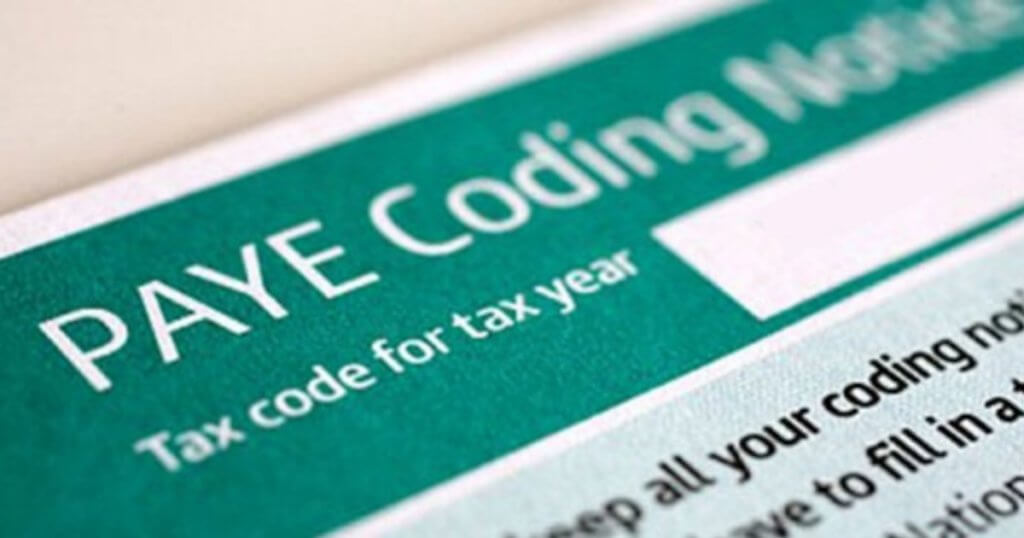As with other income types such as employment and savings, income gained from renting out property is subject to tax. Whether you’re an individual renting out the spare room in your home or a landlord with a diverse property portfolio, your rental income will need to be declared to HMRC.
Personally Owned Property
Income from property that you personally own should be reported on a Self-Assessment tax return if it is more than £2,500 a year. If it’s less than this, you can phone the HMRC Self-Assessment helpline to declare it.
Whether you’re an individual or a company, the profit you make from renting out property is liable to taxation. This is the amount that is left when allowable expenses have been deducted from the rental income.
Allowable Expenses
Allowable expenses are the costs incurred solely for the purpose of renting out a property. These costs include expenses such as: letting agent fees, legal fees associated with a lease, accountancy fees, insurance, mortgage interest, property maintenance, property repair costs (not improvements), utility bills, council tax and domestic services.
Once allowable expenses have been identified, this amount can then be deducted from the rental income, giving the total amount that is liable to income tax. If a loss has been made, this can be carried forward and offset against profits from the next year or future years.
Allowable Expenses: Repair Not Improvement
When identifying allowable expenses, there is a difference between property repairs and property improvements. It is important to understand that there is a difference between the two as repairs are regarded as an allowable expense whereas improvements are not.
Rent-a-Room Scheme
Landlords who earn less than £4,250 per year from letting out furnished accommodation in their home can do so tax free under the Rent-a-Room Scheme. The scheme does not require any declaration to HMRC providing that income does not exceed the threshold of £4,250.
If you earn more than the threshold and want to opt-in to the scheme, you should do so on a tax return.
Homes that have been converted into separate flats are not eligible for the scheme.
Wear and Tear Allowance
The Wear and Tear Allowance is available for those who let out a furnished residential property. The allowance allows you to claim a relief of 10% of the net rent – provided that the property has sufficient furniture, furnishings and equipment in order to be classed as furnished.
The Wear and Tear allowance is a popular relief amongst landlords due to its simplicity and the possibility of receiving tax relief earlier than other methods. All furnished lets must be dealt with on the same basis, meaning if a landlord takes advantage of the Wear and Tear allowance on one of their furnished properties, they must do so on their others.
Examples of furnishings covered by the Wear and Tear allowance include [icon_list icon=”icon-check”]
- Beds
- Wardrobes
- Tables
- Charges
- Refrigerators
- Washing machines
- Cookers
- Carpets
- Curtains and blinds
[/icon_list]
Penalties for not declaring rental income
You have a legal obligation to declare all of your income. If you don’t declare your rental income on your tax return and HMRC find out, you could be liable to a fine of up to 100% of the tax due plus interest – in some instances you could also be liable to prosecution.
If you didn’t declare your rental income when you should have done, you can take advantage of HMRC’s Let Property Campaign. This is a ‘Tax Amnesty’ which allows you to voluntarily declare your rental income and get up to date with your tax affairs for a reduced penalty of up to 20%. For genuine mistakes, the penalty may be waived completely.
Don’t forget to claim all other reliefs
When submitting your tax return, make sure you claim all available tax reliefs available for your job. This can include tax relief for using your own car, uniform tax relief and tax relief for professional subscriptions. If you are unsure on what you can claim, try out our free tax refund calculator to get an estimate or contact us for more advice.



